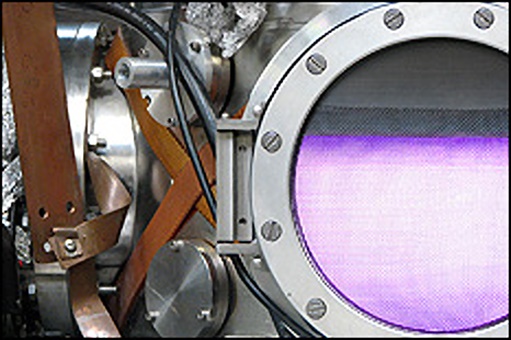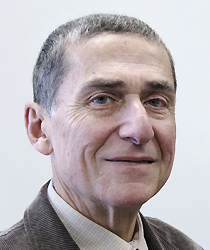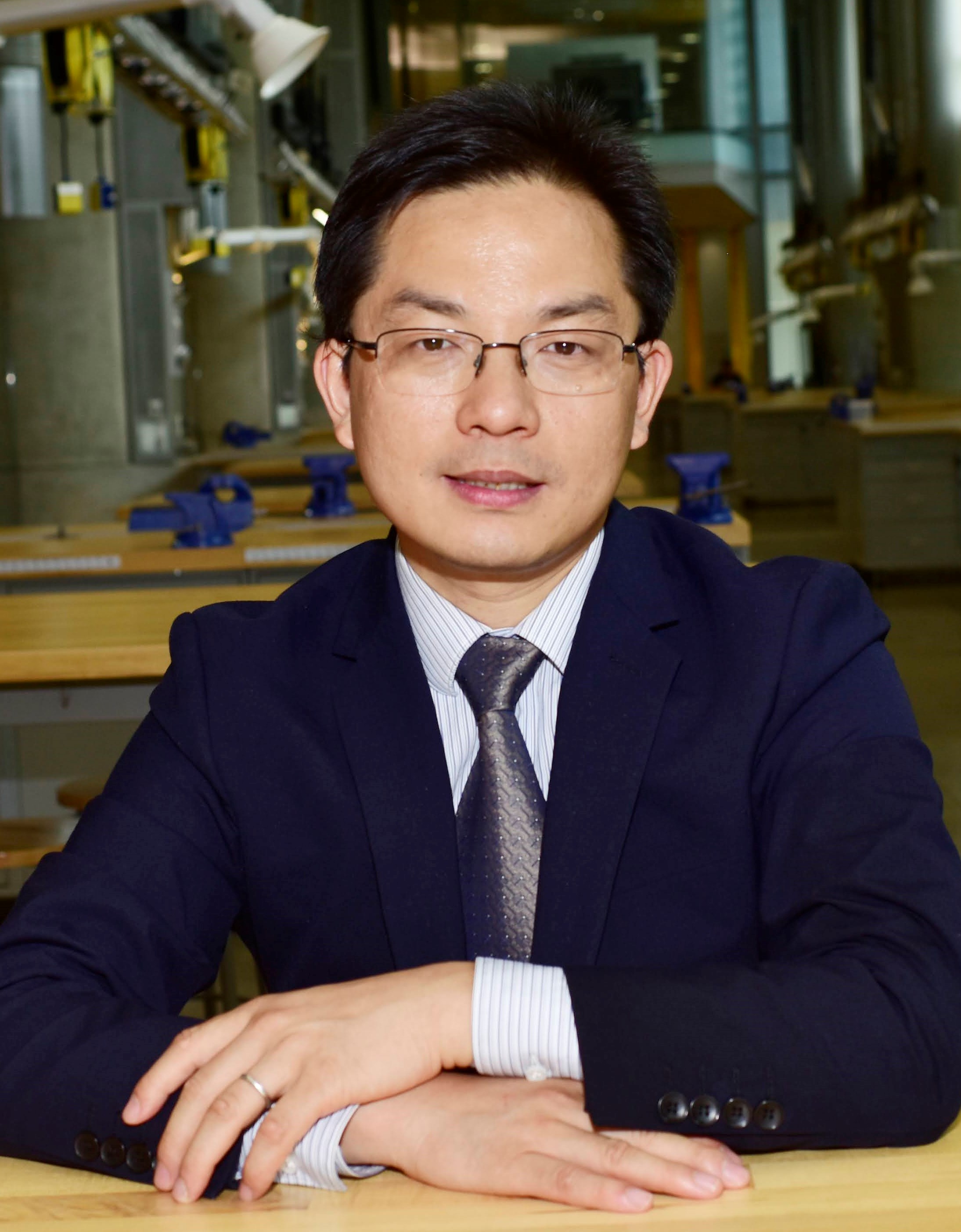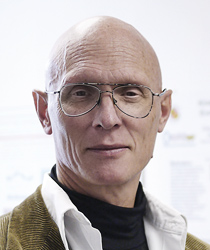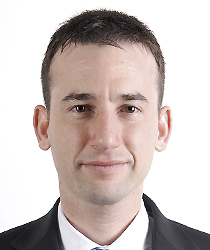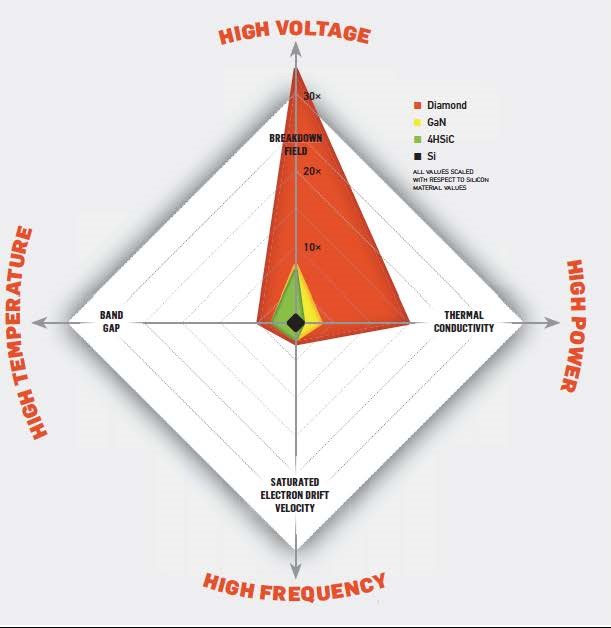 |
The exceptional physical and electrical properties of diamond – high breakdown voltage (>10 MV/cm), high hole carrier volume mobility (>3800 cm2/V·sec), extremely high thermal conductivity (>22 W/cm·K), and excellent mechanical and thermal stability in vacuum – are exploited by Prof. Aris Christou and collaborators to achieve resilient power electronics devices. Read the full story here. Link to Prof. Christou's Laboratory webpage. |
